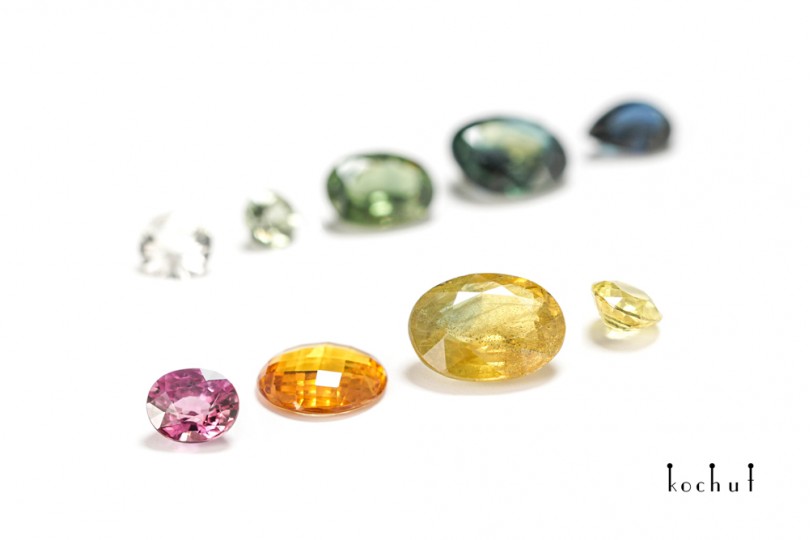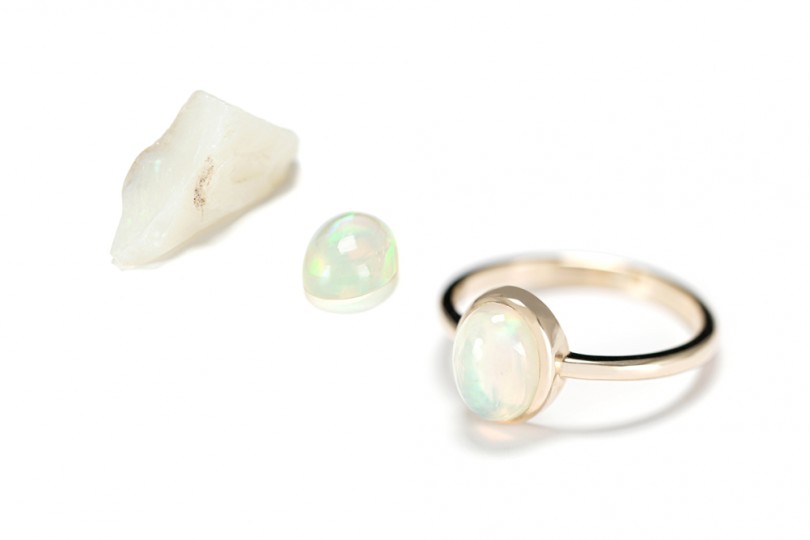All about precious ruby
 35453
35453 Ruby is still considered one of the most popular gemstones among jewelry connoisseurs. The price per carat of good quality rubies still exceeds the cost of other colored stones.
Ruby is a kind of corundum (by the way, all shades of corundum except red / crimson are sapphires).
Ruby production location
Valuable rubies in the world are considered to be rubies mined in the Mogok Valley and Mong-GUS, in Myanmar (formerly Burma).
World-famous locations in Madagascar, Cambodia, Sri Lanka, Thailand, and Vietnam are also known.
Colour
Color is one of the most important factors in determining the value of ruby. Rubies range from orange-red to purple-red. The historical name pigeon blood is used to describe the bright red color of the ruby.
However, it is better to avoid using this term, since even the most famous gemological institutes of the world cannot come to a common opinion as to what kind of shade should have “pigeon blood”.
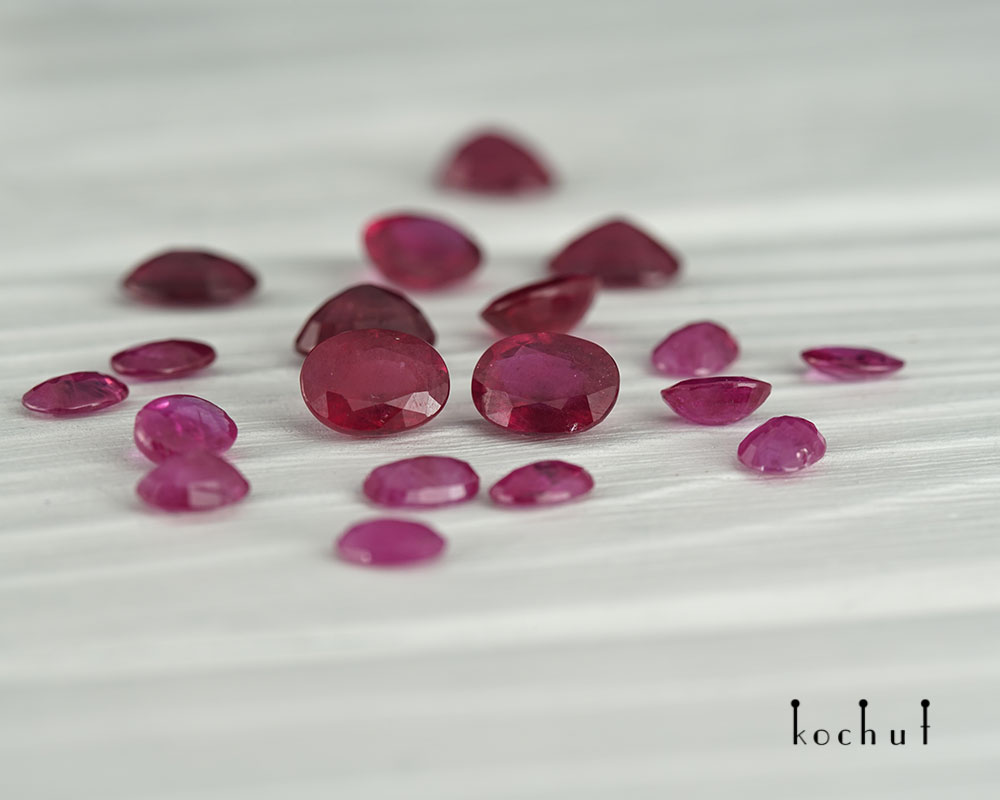
Processing and Refining
Historically, almost all rubies are heat treated to improve color at the mining site. For example, rubies lose their brown color; rubies mined in Sri Lanka acquire more intense shades during heat treatment; rubies from Mong-GUS, Myanmar lose their dark accents.
This type of rubies has been used for many centuries. It is estimated that over 95% of rubies in the jewelry market are processed with high temperatures. However, such rubies are natural.
Glazed rubies are low-quality rubies, filled under strong pressure with special glass. This technology appeared quite recently — at the turn of the XX and XXI centuries. The glass fills the cracks and chips. Its refractive index is close to that of corundum, which allows the light to easily pass through the filled crack so that the imperfection is almost imperceptible to the naked eye.
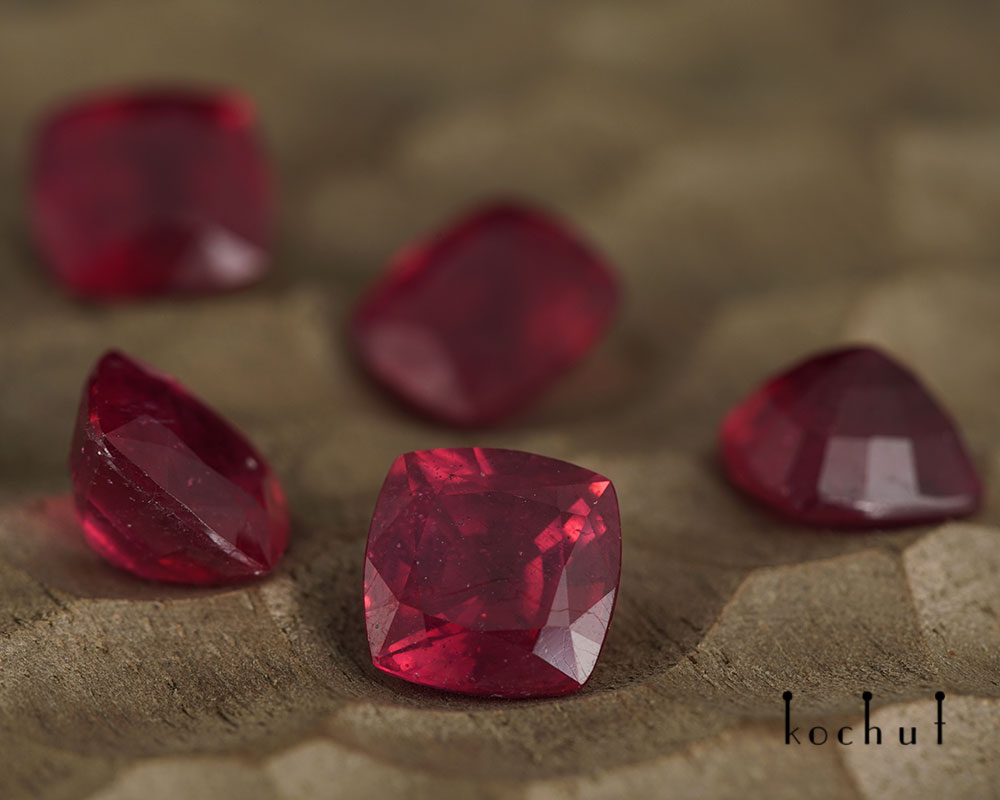
Of course, the question arises — how much glass is in the stone? Suppliers call the numbers 20-40% of the volume of the stone.
It must be remembered that the glazed rubies require careful wear. Although ruby has a high Mohs hardness (9 out of 10), but due to its glass content, it becomes less resistant to external influences — it can get scratched, shaken when dropped onto a hard surface or damaged by harsh detergents on its surface.
Glazed rubies are much more affordable than rubies, which have only undergone heat treatment.
It is important to understand that upgrading in itself does not bear anything bad. Refined natural stones remain natural, especially when using natural methods (for example, heating).
Leave a comment via Facebook:
Kochut and our partners use cookies on this website. Some of them are required for the site to function properly, but the following cookies are optional:
— cookies that analyse website usage;
— cookies used to personalize the site;
— cookies used for advertising and social media purposes;




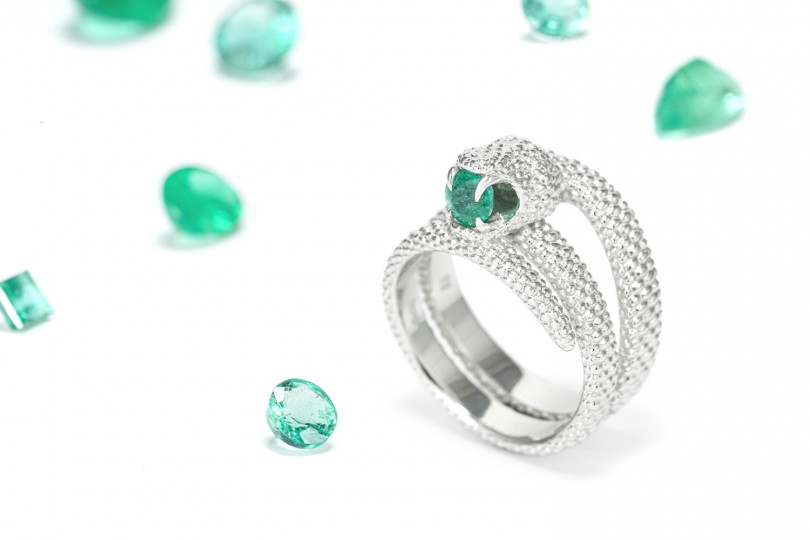
 47239
47239
